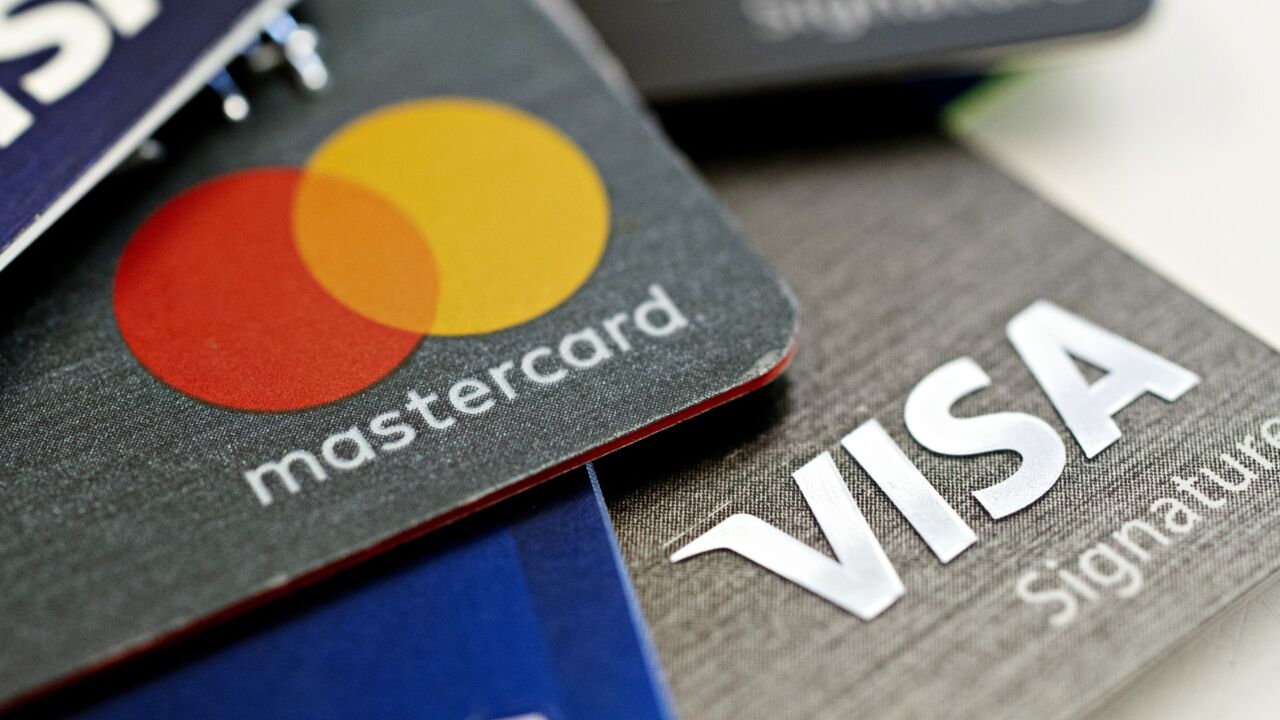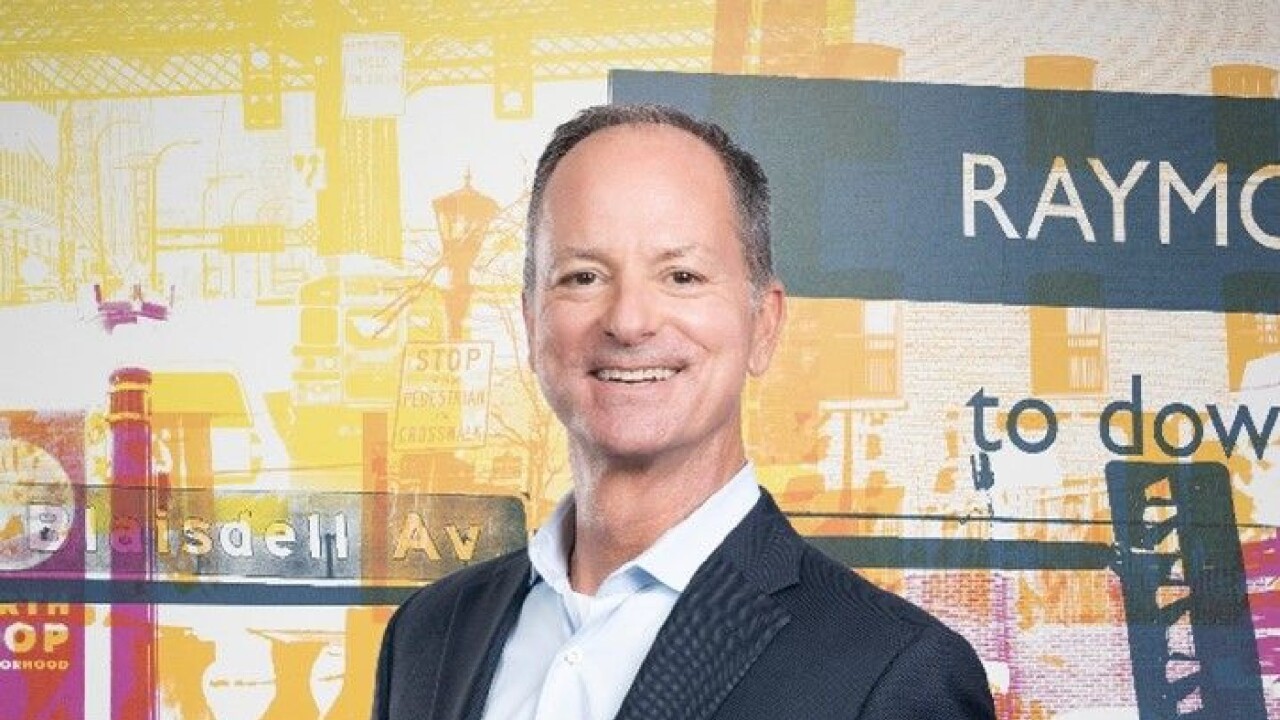European merchants would do well to be mindful of the history of the global payment schemes’ treatment of U.S. merchants to gain better insights into where the global schemes might lead them in the future.
The real nature of the primrose path to payments envisioned by the schemes is far different than is readily apparent to the casual observer.
A case in point is the recent cash-back pilot announcement by

At first glance, one might infer Visa and Lloyds are simply taking a noble approach to helping consumers gain access to cash and to actually pay merchants to provide cash back for a fee (in the same way banks pay one another to service their customers at each other’s ATMs).
However, upon reflection, it seems counterintuitive since Visa has openly engaged in a war on cash for the better part of the last year or two. Some of us doubt the apparent motives behind this initiative and caution European merchants that all is not what it might seem. In particular, we’d point to the word “pilot” in the story and suggest the schemes have a long history of using bait-and-switch tactics to open up new avenues for use of their cards by enlisting the support of merchant market vertical leaders.
A brief recounting of the history of cash back at the merchants’ point of sale in the U.S. appears to be in order and might help illuminate where the primrose path might lead to.
First, it’s important to understand that the regional PIN debit networks established the use of debit cards at the POS, not Visa and Mastercard. The history begins with the PIN debit networks when in the early '90s these networks sought to add more functionality to their ATM cards by getting merchants to buy PIN pads and accept the former ATM cards for purchases. In some cases, for example, the Iowa Transfer System, the network actually paid for the merchant terminals.
It wasn’t long before some enterprising merchants, eager to draw in more customers, began to offer cash back when their customers presented cards for purchases. Some of the merchants actually suggested they get paid by the banks to perform this service, but in most cases they were rebuffed by the networks.
Nevertheless, there was no turning back. Customers loved the cash back service and pleaded with merchants to not only offer the service but to also increase withdrawal limits. Soon, cash back became essential to many merchants or constituted a significant competitive advantage over merchants which failed to offer the service. Of course, the banks loved it since the merchant community was gradually relieving the banks of having to buy and place costly ATMs in convenient but expensive locations, and merchants were doing it for free!
Leaping forward in time, the global credit card schemes eventually figured out how to invade the debit card business. They acquired the only nationwide ATM card schemes, Plus and Cirrus, as well as a fledgling POS debit network, Interlink. They partnered with the regional PIN debit networks to gain access to the PIN debit networks’ superior technology (single-message processing) and better connectivity to the banks’ core processing systems, then they gradually began to disintermediate their former partners. As they began to dominate debit, they introduced reverse interchange at the POS in which they actually charged merchants to provide cash back to the banks’ customers.
It seems there might be much to learn from this sad story for merchants and for purveyors of ATM services, the latter of whom have also suffered mightily from the market antics of the global card schemes. We strongly suggest to merchants everywhere that you consider where the primrose path might lead before you embark upon the path first trod by unsuspecting merchants in the U.S.





